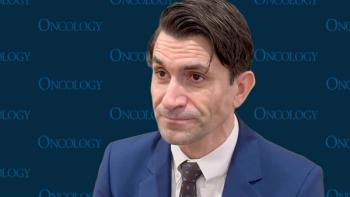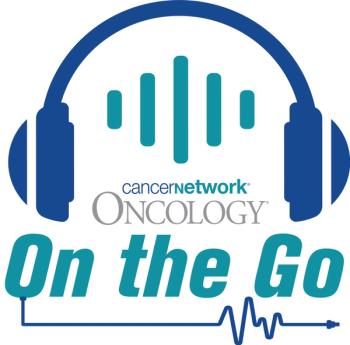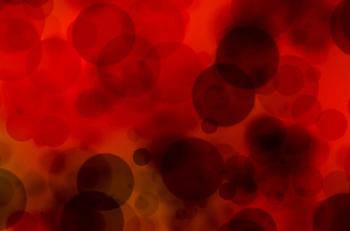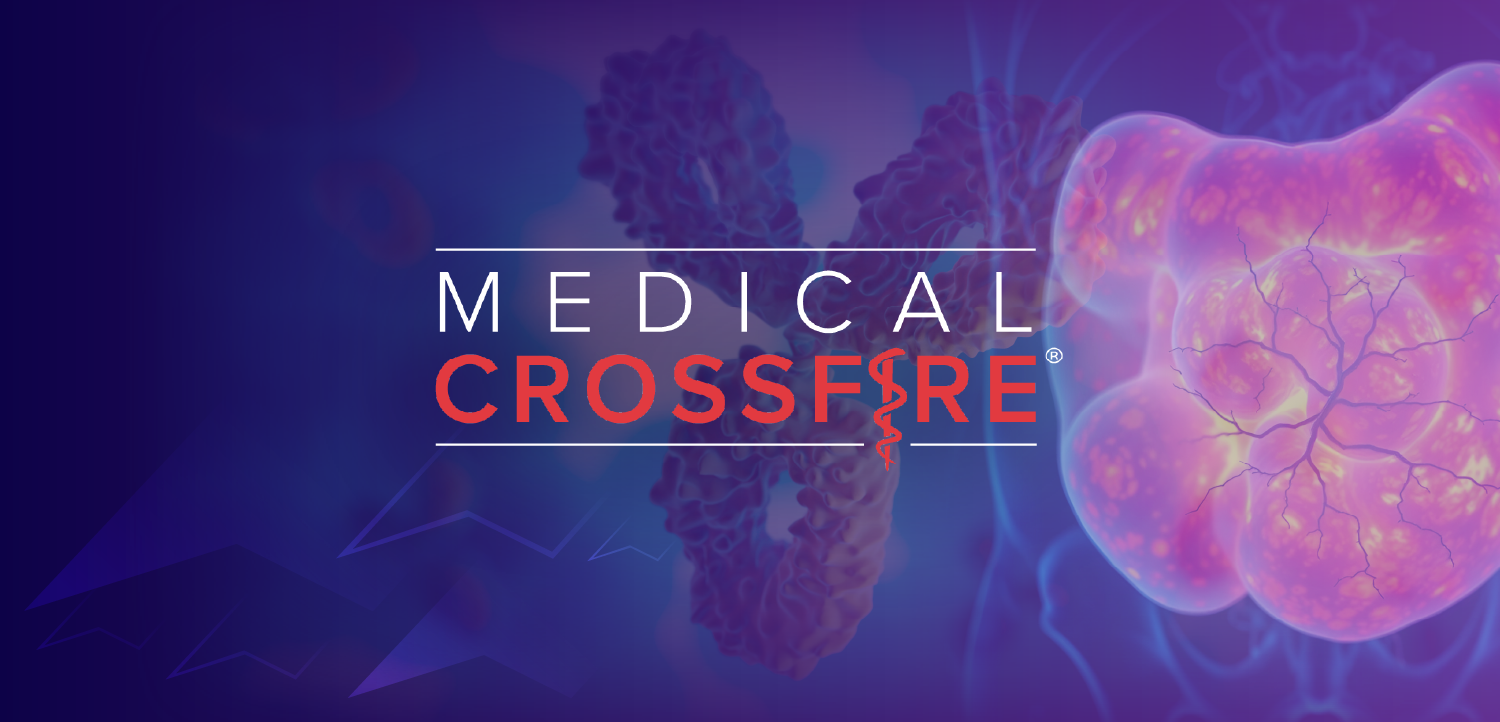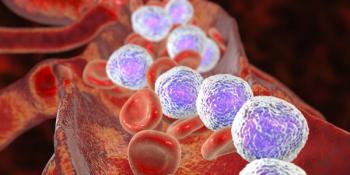
LLS Precision Medicine Trial May Change Treatment Paradigm for AML Patients
A new collaboration among industry, nonprofit, academia, and the federal government may lead to a change in the treatment paradigm for acute myeloid leukemia.
A new collaboration among industry, nonprofit, academia, and the federal government may lead to a change in the treatment paradigm for acute myeloid leukemia (AML). There have been few improvements in AML treatments in more than 40 years, but now precision medicine may change that.
The Leukemia & Lymphoma Society (LLS) announced on October 18, 2016, it is helping head up the
“It is the ultimate in precision medicine, matching a specific treatment to the specifics of every person’s individual leukemia,”
This trial is novel because patients will be newly diagnosed. Most AML trials are designed for relapsed/refractory patients. AML patients who relapse tend to have far more genetic mutations. It is hoped that identifying the genetic mutations early in the course of the disease, it may lead to improved outcomes. Currently, most AML patients are assigned to standard treatment immediately upon diagnosis. In the Beat AML Master Trial, newly diagnosed patients will have their genomic data analyzed within 7 days so they can be entered into the appropriate study arm.
“Our aim to accelerate the rate at which precisely targeted breakthrough therapies reach the patients who urgently need them,” said Louis DeGennaro, PhD, who is LLS President and CEO. He said this is unprecedented clinical trial collaboration and it is among the first cancer clinical trials to be led by a nonprofit health organization.
DeGennaro said the LLS can act as a neutral party, easing the way for multiple pharmaceutical companies to bring their drugs into the collaboration. It is hoped that having a single master protocol will allow for a more efficient, nimble process and allows the protocol to adapt rapidly as new agents enter and others leave the trial.
The trial will launch initially with four treatment arms at five cancer centers: The Ohio State University Comprehensive Cancer Center, Memorial Sloan Kettering Cancer Center, OHSU Knight Cancer Institute, Dana-Farber Cancer Institute, and Massachusetts General Hospital Cancer Center. The first patients are expected to be enrolled by December 2016. In April 2017, six additional clinical sites are prepared to begin enrolling patients. The trial will eventually expand to potentially 20 sites, with up to 10 different treatment arms.
The trial will include 500 patients and four biopharmaceutical companies (Alexion, Boehringer Ingelheim, Celgene, and Gilead Sciences). They will be providing four investigational agents which include samalizumab (ALXN6000), BI 836858, enasidenib (AG-221/CC-90007), and entospletinib. Several other pharmaceutical companies have expressed interest in joining the study, and additional treatment arms may be added over time.
Newsletter
Stay up to date on recent advances in the multidisciplinary approach to cancer.


